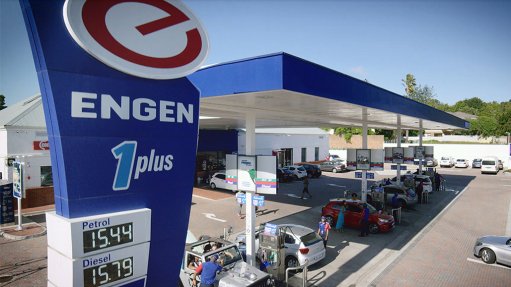
Around 83% of people stopping at a service station for fuel also shop at the forecourt retail offering, says Trade Intelligence business development and advisory lead Andrea Ellens.
Only 4% of customers fill up with fuel only, with 13% there for forecourt shopping only, such as the Spar Express or the Woolworths Foodstop.
The retail research company says this highlights the importance of the retail offering at service stations, and the need to move beyond fuel, especially in light of the changes expected in mobility, such as the use of electric vehicles.
Forecourt retailing is a R40-billion-a-year industry in South Africa, which gives it a 15% slice of the overall commerce retail market, and 5% of the total fast-moving consumer goods retail market in South Africa.
Fuel station visits in South Africa are, on average, 12 minutes long, notes Ellens.
The average South Africa visits a forecourt ten times a month.
Looking at forecourt store visitors specifically, 52% are female and 48% male; 68% have children in the household; 77% access the Internet daily; and, interestingly enough, only 79% have a car in the household.
A number of shoppers are either passengers in cars; they walk; or they use public transport, says Ellens.
The number one reason people select a specific forecourt is because of its convenient location (47%); followed by the fact that it is quick and convenient to shop there (44%); excellent customer service (39%); the specific fuel rewards linked to the service station (31%), and the fast-food on offer (27%).
The most popular activities at a service station are buying snacks and drinks; drawing cash; using the bathroom and buying fast food.
Ellens says there is a trend globally to elevate the shopper experience at service stations into something more upmarket, such as the Engen Café 365 and The Pantry, in Johannesburg.
Not only are service stations facing a move to electric mobility, but also increasing competition for their specific shopper segment, as big-name retailers are expanding into new areas with smaller store concepts that rival those seen at forecourts.
E-commerce is also another element offering increasing competition.
Ellens says the future of convenience retail includes a need to move beyond speed; offering an expanded retail experience; offering a curated product line-up; and focusing on the fresh, original and new.